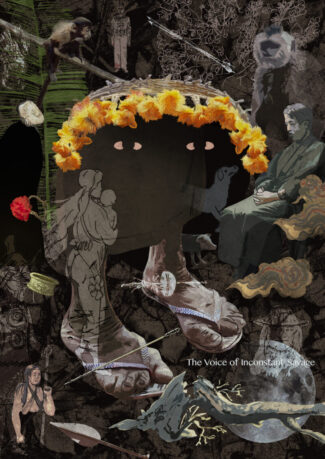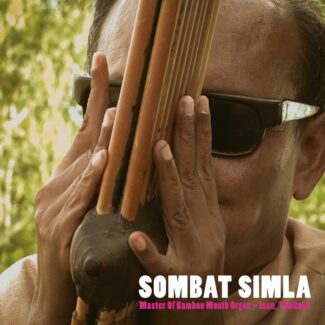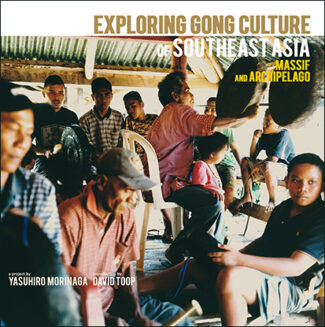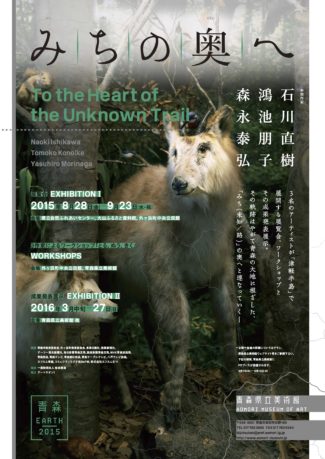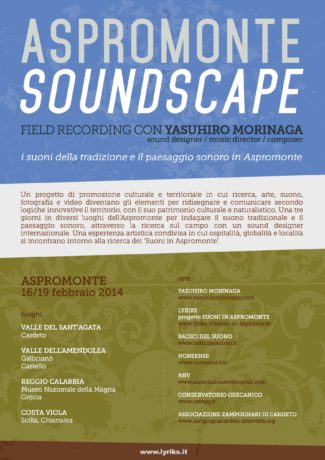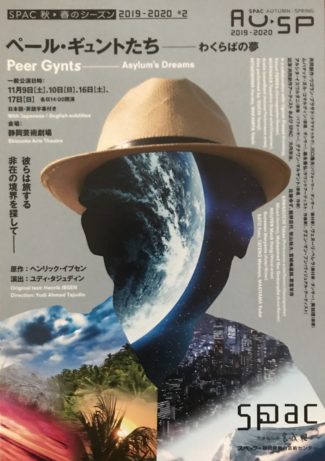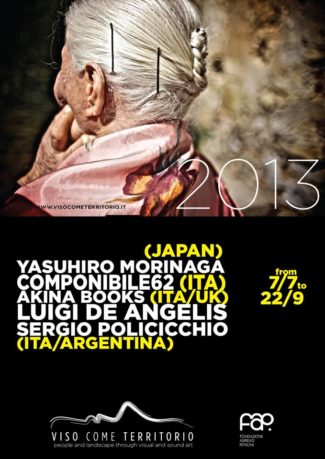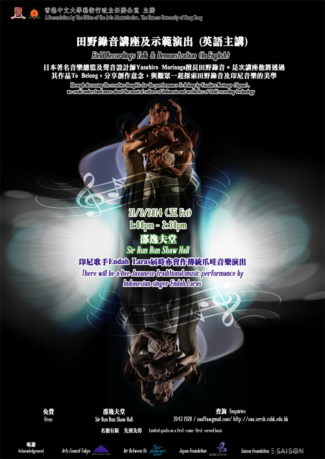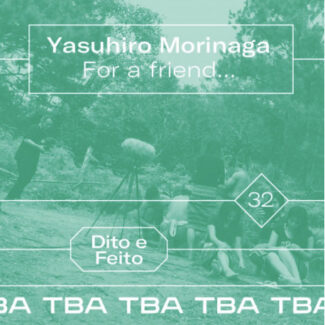
For a Friend, To a friend, …
This piece is dedicated to two Indonesian art masters, Gunawan Maryanto, who died in 2021, one of Indonesia's most prominent poets, with whom Morinaga worked on several projects, and Bambang Mbesur, a vocal artist who died in 2020.
The texts were created for the sonic theater project “Gong ex Machina”, by Yasuhiro Morinaga and Yudi Ahmad Tajudin.
It is recommended to use headphones while listening to the piece.
--TEXT 1
Be my back
I am a turtle traveling in time
The pounding gong composes the body we inhabit
Composing the islands we live in
Composing I
Composing you.
The vibration of the sound harbors the memories of a far and lengthy travel
That pounding gong
Reverberating time
TEXT 2
in the beginning was sound. A bang: be!
And then, vibration, a long hum that creates a wave
Creating space, and also: time
And then nebula, partly clumping up, hardening,
becoming planet.
Add infinite numbers of planets,
add trillions of galaxies.
And among them all a little dot,
so little it is insignificant: Earth: Us
In the beginning was sound
A bang and a long hum that create everything within
seven days
TEXT 3
“Do you hear me?
Do you really hear me?
Do you understand me?
Do you really understand me?”
Track List:
Javanese instrument, Gender for Ruwatan rituals
[recorded in Yogyakarta, Indonesia]
Voice by Gunawan Maryanto & Rizman Putra
[recorded in Tokyo, Japan]
Threshing by Ede-Bih Group
[recorded in Dak Lak, Vietnam]
Meras Gandrung by Haidi, the Osing Group
[recorded in Banyuwangi, Indonesia]
Saggeypo by Kalinga Group
[recorded in Luzon, Philippines]
Pinwheel by Ede group
[recorded in Buon Ma Thuot, t, Vietnam]


